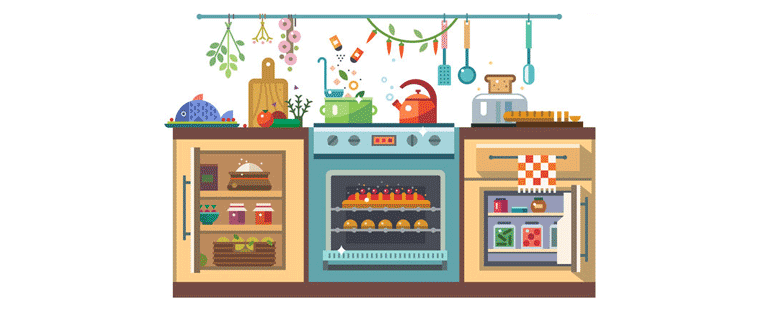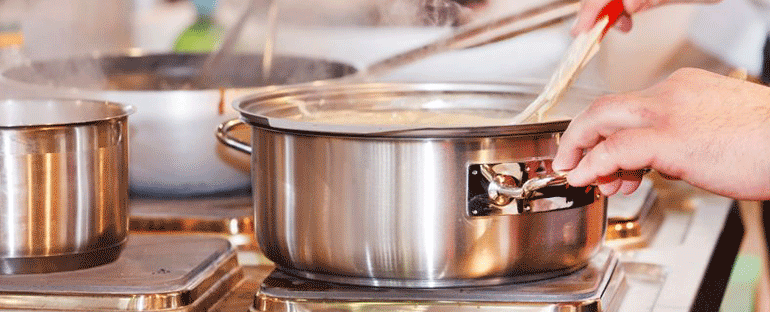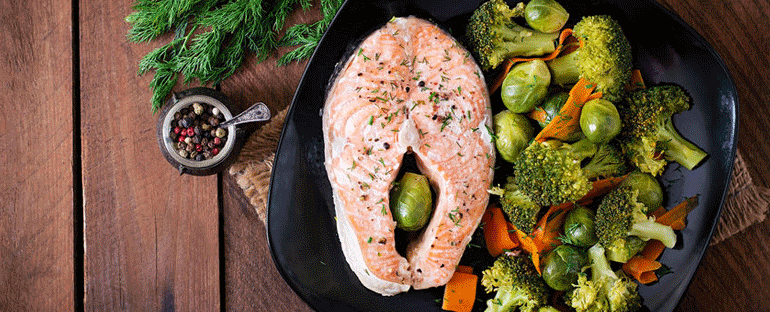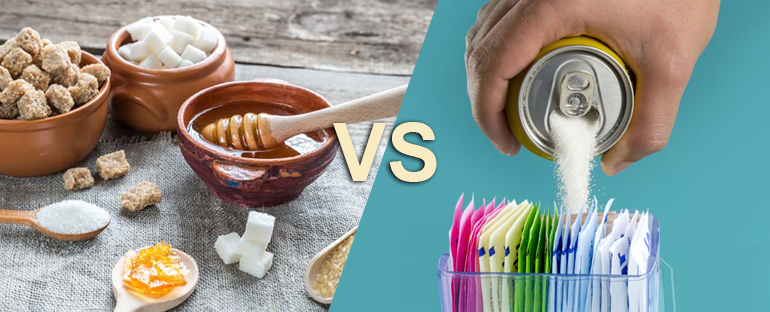
Cooking food: methods and impact on nutrients
Pros and cons of cooking food:
Cooking is able to make edible and appetizing food otherwise inedible for composition and taste, preserves their nutritional qualities, gives them new colors, scents and flavors and stimulating for our visual, olfactory and digestive system. One of the advantages of cooking is that guarantees the hygienic and sanitary safety of food by inactivating potentially harmful microorganisms and toxins and, moreover, for some types of food, makes them more digestible. For example, proteins, when denatured by heat, become more digestible because they can be attacked on several sites by digestive enzymes, or some antioxidants, which are activated with cooking, becoming bioavailable.
On the other hand, cooking also causes the loss of a good amount of nutrients sensitive to temperatures (thermolabile), which are modified or even destroyed by heat.
The most labile and sensitive nutrients to high temperatures, to manipulation or even to exposure to air, are the water-soluble vitamins (vitamin C and all those of the B group). Vitamin C is lost up to 50% of its content, while B9 is lost up to 70%. Fat-soluble vitamins are a bit more resistant, in any case about 25% is lost through the cooking treatment. Mineral salts such as magnesium, calcium, potassium and trace elements such as chromium, zinc and copper generally pass through the cooking liquids and are lost. This can be remedied by reusing the cooking water for preparations such as soups or to cook cereals.
With cooking, not only the thermolabile molecules are modified, but it is also possible to dehydrate the sugars, modify the starches, denature the proteins, oxidize and hydrolyze the fats, with changes in the quality and digestibility of all these substances.
What is the Maillard Reaction?
A good cooking must allow the formation of a crust that protects the heart of the food from rapid drying, allowing a better preparation of that food. If the temperature is high, the cooking time decreases, but there is a greater surface overheating, with the risk of burning the outside of the food itself.
Using cooked or raw food: what should be done?
For example, we can switch between cooked and raw foods to ensure our daily nutrient needs are met.
Cooking is a change in the quality and molecular structure of a food; what would happen if a food were left at room temperature, protected from attack by microorganisms, is done much more quickly. Each increase in temperature of ten degrees doubles the reaction speed. The changes induced by the cooking of food will continue in the subsequent preservation process.
7 cooking methods and their nutritional impact:
Let’s see which are the main cooking methods and the main nutritional changes:
- Boiling, poaching, steaming: take place in a humid environment where the heat vehicle is the water that is liquid or in the form of steam.
When cooking by boiling, the food is placed in water when it has already reached the temperature of 100 ° C.
When cooking by poaching, the food is immersed in cold water which is slowly brought to a boil. The deeper and longer the contact with the water, the greater the loss of nutrients from the food. In particular, mainly water-soluble vitamins will be lost, but also sugars, mineral salts and some fats.
With the use of steam the food is not in direct contact with the water, so it will not have the effect of washing the nutrients. In addition, with the use of water placed at the bottom of the pot to create steam, it will recover the nutrients that came out of the food during steam cooking. With the use of steam in a pressure cooker it can be reached 120 ° C.
- Frying: it is a rapid cooking at high temperature (180° C and more) with the formation of a crunchy crust that limits the absorption of the cooking fat by the inside of the food. In this way, the food will be kept soft, reducing its loss in weight.
This type of cooking is quick, because it takes place at a high temperature and, if it is possible to maintain a temperature of the oil below the point of smoke, part of the nutritional characteristics of the food will be better maintained than in the case of slow cooking. With this technique, a certain amount of attention must be paid to the type of fat used. Extra virgin olive oil is a fat with relatively few saturated fatty acids, it naturally has antioxidants that improve its thermal stability and the preservation and risk of decomposition. Peanut oil is a rather stable oil at high temperatures as are lard, lard and coconut oil, which are however very rich in saturated fats. Butter and seed oils such as soy, sunflower and corn are unstable at high temperatures and are best used raw. Recently, air frying has taken hold, without the use of oils and fats, certainly dietetic in the “low fat” sense, but not really healthy. The temperatures reached by air fryers are very high and therefore the formation of substances harmful to health is not prevented, which are formed by the transformation of the food precisely subjected to very high temperatures.
- Baking: use dry heat from 130 to 250° C. It is a slower cooking system than boiling and frying, but compared to the latter it has the advantage of lower temperatures that are around 140-160 ° C and the possibility of using preparation systems that protect meat and fish from carbonization, allowing uniformity of cooking with very minimal nutrient losses, as happens with cooking in the foil of the meat or in the salt of the fish.
- Microwave cooking: this cooking gives rise to a product similar to that derived from boiling, but without the washing effect due to the absence of cooking liquids, so the nutrients remain in the food. The most modern microwave ovens are currently able to form a crust on the food that makes it more attractive and also pleasing to the eye.
- The vacuum: it involves the preparation of the food that, after being cleaned and added with aromas or other necessary to the recipe, is wrapped in a container that is sealed after sucking in the air. The following cooking can be carried out in a normal convection oven, steam oven, bain-marie or in a microwave oven. With this technique, lower temperatures are used, but for longer times than when cooking free food. Vacuum cooking greatly limits the loss of nutrients that remain in the cooking fluids and maintains the organoleptic characteristics of the food.
The cooking of vegetables and the reaction on the Phytochemicals:
The important aspect on the processes of transformation of the vegetables concerns the preservation of their content of phytochemical compounds*.
*Phytochemicals are bioactive compounds that positively influence health but are not nutrients. The main dietary sources of these substances come from vegetables and fruits.
Increasing or decreasing variations after cooking of these bioactive compounds can result from two phenomena such as:
– thermal degradation, which reduces their concentration;
– the effect of softening the matrix, which increases the extractability of these substances and determines a higher concentration than the raw material.
The most commonly used cooking methods for vegetables are steam and boiling:
- Steam cooking preserves the characteristics of phytochemicals at best. Steam cooking ensures better preservation and extraction of phenols and glucosinolates compared to other cooking methods; with this process, the food tissues are not in direct contact with the materials and therefore the leaching of water-soluble compounds is reduced to a minimum, at the same time as a limited thermal degradation. Vegetables, the preferred source of phytochemicals, are fired to soften the cellulose, so as to make a whole series of compounds more digestible and therefore more assimilable, as well as to inactivate others considered unhealthy, such as solanine.
- Boiling provides the beginning in boiling water, because the coagulation of the even if few proteins contained in the vegetable, limits the leakage of the cellular juice. Boiling compared to poaching, which occurs with vegetables immersed in cold water, allows to retain some nutrients that would be lost in the boiling water. This becomes irrelevant if the cooking water of the vegetables is consumed, such as broths or soups. Losses of water-soluble compounds concern certain types of cold water-soluble proteins such as albumins, water-soluble vitamins and salt components.
The prolonged action of heat, on the other hand, causes the destruction of vitamins. Therefore, it is advisable to cook the vegetables briefly. Steaming remains the most advantageous choice, whether in a pressure cooker or through the use of a grid resting on a cooker on the bottom of which water has been poured, not in contact with the food. Steam cooking in fact avoids the effect that washing the cooking liquid exerts on water-soluble compounds. If you choose to use the pressure cooker, the cooking times are very short and therefore the destruction of vitamins is avoided.
The effect of cooking on fatty acids:
Another class of nutrients whose preservation after cooking becomes essential is that of fats. Some of the main changes that occur during the processing and final preparation of cooked food are due to oxidation. Both EPA and DHA are particularly susceptible to oxidation during the heating phase but also to other treatments to which the food is subjected during the process of preparation for consumption. Oxidation is catalyzed by heat, light, metals, enzymes and generates free radicals. It can also cause protein denaturation and mineral solubilization.
The lipid content decreases significantly with all different cooking methods and in relation to temperature and cooking time. Lipid oxidation will be greater when the longer the cooking time and the higher the temperature. The heat source used should also be considered, particularly for microwaves, which can interact with the double bonds of lipids. The heat treatment causes the denaturation of muscle proteins, which is the main mechanism that leads to moisture loss, and the water released drags some lipids and other protein components, collagen, fragments of muscle tissue and sarcoplasmic proteins.
PUFA (polyunsaturated) in fish products tend to decrease during preservation and cooking processes. In particular, omega-3 (rich in double bonds) are preserved from oxidation by gentle cooking, at low temperatures and without the addition of seasoning fats that would solubilize the food’s polyunsaturated fatty acids.
Heat treatments also influence the content of omega-6, especially with oven and microwave cooking, while steaming does not seem to significantly decrease its content.
It is therefore understandable that cooking at different times and in different ways can modify the relative content of omega-3 and 6 PUFA in food, making these two precious fats more or less available to the body. In order to guarantee the daily intake of EPA and DHA, it would be necessary to increase the quantities of blue fish consumed according to the cooking method used. To obtain the same amount of lipid as steam cooking, the portion of food should theoretically double in the case of oven cooking or triple in the case of microwave cooking.
Bibliography
(1) Palermo M, Pellegrini N, Fogliano V. The effect of cooking on the phytochemical content of vegetables. J Sci Food Agric. 2014 Apr;94(6):1057-70. doi: 10.1002/jsfa.6478. Epub 2013 Dec 13.
(2) Jose  M. et al. Determining the effect of different cooking methods on the nutritional composition of salmon (Salmo salar) and chilean jack mackerel (Trachurus murphyi) fillets. 2017 Jul 7;12(7):e0180993. doi: 10.1371/journal.pone.0180993. eCollection 2017.
(3) Palermo M, et al. The effect of cooking on the phytochemical content of vegetables. J Sci Food Agric. 2014 Apr;94(6):1057-70. doi: 10.1002/jsfa.6478. Epub 2013 Dec 13.
Article by:
Dott.ssa Nicoletta Bocchino – Nutritionist
Dr. Francesco Bonucci – Nutritionist
The diet tips, written in the article, are not intended to be a substitute for a personal nutrition plan and are to be adapted to specific cases.
Photo: 123RF Archivio Fotografico | @Olena Danileiko, 49158939, 2018-14-12 | @Oleg Beresnev, 41128781, 2018-14-12 | @Maksim Shebeko, 13690036, 2018-14-12
- On 15 December 2018






